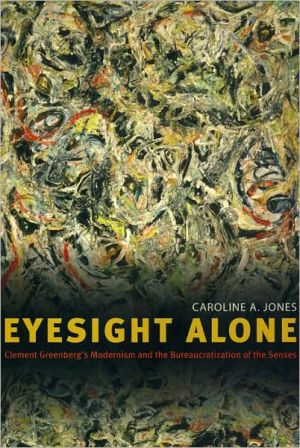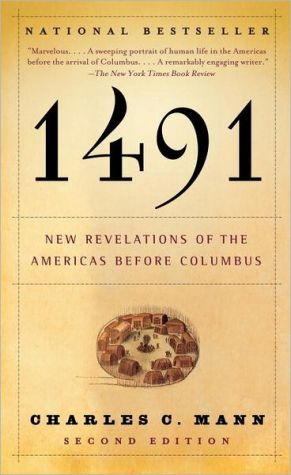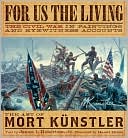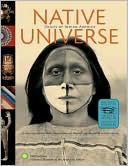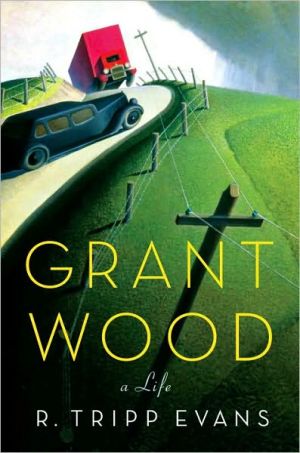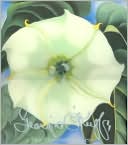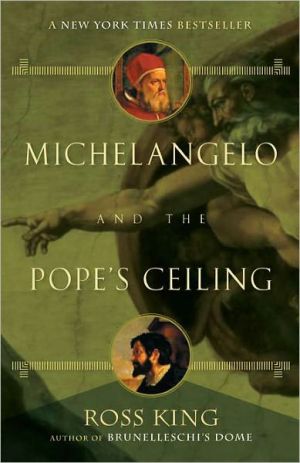Eyesight Alone: Clement Greenberg's Modernism and the Bureaucratization of the Senses
One of the most influential and provocative art critics of the twentieth century, Clement Greenberg propelled Abstract Expressionist painting—in particular the monumental work of Jackson Pollock—to a leading position in an international postwar art world. Here, Caroline Jones’s magisterial study widens Greenberg’s fundamental tenet of opticality—the idea that modernist art is apprehended through “eyesight alone”—to a broader arena, examining how the critic’s emphasis on the specular resonated...
Search in google:
Even a decade after his death, Clement Greenberg remains controversial. One of the most influential art writers of the twentieth century, Greenberg propelled Abstract Expressionist painting—in particular the monumental work of Jackson Pollock—to a leading position in an international postwar art world. On radio and in print, Greenberg was the voice of “the new American painting” and a central figure in the postwar cultural history of the United States.Caroline A. Jones’s magisterial study widens Greenberg’s fundamental tenet of “opticality”—the idea that modernist art is apprehended through “eyesight alone”—to a broader arena, examining how the critic’s emphasis on the specular resonated with a society increasingly invested in positivist approaches to the world. Greenberg’s modernist discourse, Jones argues, developed in relation to the rationalized procedures that gained wide currency in the United States at midcentury, in fields ranging from the sense-data protocols theorized by scientific philosophy to the development of cultural forms, such as hi-fi, that targeted specific senses, one by one. Greenberg’s attempt to isolate and celebrate the visual was one manifestation of a large-scale segmentation—or bureaucratization—of the body’s senses. Working through these historical developments, Jones brings Greenberg’s theories into contemporary philosophical debates about agency and subjectivity. Eyesight Alone offers artists, art historians, philosophers, and all those interested in the arts a critical history of this generative figure and brings his work fully into dialogue with the ideas that shape contemporary critical discourse, shedding light not only on Clement Greenberg but also on the contested history of modernism itself.Journal of Visual Culture"The close readings Jones makes here are invaluable. . . . This detailed research enables Greenberg's text to come alive, making one aware of the suggestiveness and sensuality of his writing in the 1940s. . . . Eyesight Alone shows that it is . . . possible to both make an archaeology of Greenberg's ideas, and use them as a springboard to discuss newer themes."— Sophie Berrebi
Ch. 1Becoming Greenberg3Ch. 2Formalism51Ch. 3Abstraction97Ch. 4Sweating out cubism145Ch. 5Customs inspector (Greenberg's Pollock, part 1)205Ch. 6Eyes in the heat (Greenberg's Pollock, part 2)253Ch. 7Tyranny of the eye303Ch. 8Postmodern's Greenberg347Ch. 9The modernist sensorium389
\ James Meyer“Although Clement Greenberg’s criticism has inspired and provoked for more than a half-century, how Greenberg developed his critical model has never been adequately explained. In this sociohistorical examination of opticality, Caroline Jones contributes significantly to our understanding of the critic’s formation. Her book is the most ambitious account of Greenberg’s project to date.”--James Meyer, author of Minimalism: Art and Polemics in the Sixties\ \ \ \ \ \ W. J. T. Mitchell“No one has immersed themselves quite so deeply in the mind and world of Clement Greenberg as Caroline Jones, whose book is a passionate and pioneering effort to reconstruct a ‘lived modernism’ as it unfolded in the writings of its greatest art critic. Even more important is the way that Jones escapes mere immersion in Greenberg’s thought with her dazzling hypothesis of the ‘bureaucratization of the senses’ as the framework for the segregation of media and perceptual channels.”--W. J. T. Mitchell, author of What Do Pictures Want?: The Lives and Loves of Images\ \ \ \ John O'Brian“Eyesight Alone is ambitious and convincing. It is a brilliant book: compellingly argued, riveting to read, sprawling in reach and length, and exhaustively researched.”--John O’Brian, author of Ruthless Hedonism: The American Reception of Matisse\ \ \ \ \ The Nation"Rewarding . . . . The hundred pages Jones spends analyzing Greenberg's writings on Pollock—minutely shifting the critic's words through her own searching re-examination of the paintings he had in view—are alone worth the price of the ticket."\ \ \ \ \ \ The Art Book"An impressive account of . . .the 'Greenberg Effect.' . . . Jones's fundamental argument is that art is a type of thinking that not only engenders a certain type of looking but also constitutes a certain type of subject."\ \ \ \ \ \ Journal of Visual Culture"The close readings Jones makes here are invaluable. . . . This detailed research enables Greenberg's text to come alive, making one aware of the suggestiveness and sensuality of his writing in the 1940s. . . . Eyesight Alone shows that it is . . . possible to both make an archaeology of Greenberg's ideas, and use them as a springboard to discuss newer themes."\ \ \ \ \ \ The Nation"Rewarding . . . . The hundred pages Jones spends analyzing Greenberg's writings on Pollock—minutely shifting the critic's words through her own searching re-examination of the paintings he had in view—are alone worth the price of the ticket."—Barry Schwabsky, Nation\ — Barry Schwabsky\ \ \ \ \ \ The Art Book"An impressive account of . . .the 'Greenberg Effect.' . . . Jones's fundamental argument is that art is a type of thinking that not only engenders a certain type of looking but also constitutes a certain type of subject."—Francis Halsall, Art Book\ — Francis Halsall\ \ \ \ \ \ Journal of Visual Culture"The close readings Jones makes here are invaluable. . . . This detailed research enables Greenberg's text to come alive, making one aware of the suggestiveness and sensuality of his writing in the 1940s. . . . Eyesight Alone shows that it is . . . possible to both make an archaeology of Greenberg's ideas, and use them as a springboard to discuss newer themes."\ — Sophie Berrebi\ \ \
